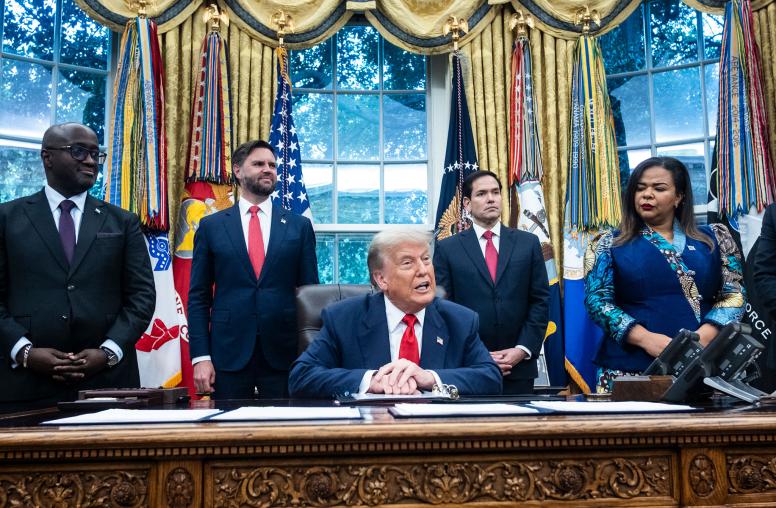Tracking the Evolution of Conflict: Barometers for Interstate and Civil Conflict
About the Paper
This paper presents news ways to track violent conflict over time, providing conflict barometers for interstate and civil conflict, respectively. After critiquing previous efforts at measurement, the authors discuss general principles concerning the utility of conflict barometers. The interstate barometer is based on establishing a baseline for the relationship between a pair of states and then using the incidence and severity of militarized confrontations to track variations around those baselines. The resulting Interstate Conflict Severity Barometer (ICSB) is scaled from 0 (no violent conflict) to 1,000 (rivalry plus severe militarized confrontations) for 2,631 different state-state relationships over the period 1900–2015. Data are available in the form of monthly conflict barometer scores for those pairs of states, and there are over 1 million observations in the data. Short narratives are matched with barometer scores for five illustrative cases: India-Pakistan, Israel-Egypt, France-Germany, US-China, and Ecuador-Peru. The Civil Conflict Barometer (CCB) is built on a combination of armed violence deaths, military coups, and substantial human rights violations. Ranging from 0 (high-quality negative peace) to 1,000 (serious and widespread violent conflict), the CCB covers 79 different countries at risk for conflict over the period 1989–2019. Data are available on a yearly basis for these countries, and there are 2,432 individual data points. Short narratives are matched with barometer scores for three illustrative cases: Haiti, Venezuela, and Mozambique.
About the Authors
Gary Goertz, independent scholar, Ann Arbor, MI
Paul F. Diehl, independent scholar of international relations, Champaign, IL
Andrew P. Owsiak, professor of international affairs, University of Georgia
Luis Schenoni, assistant professor of political science, University College London
This research was funded by USIP’s Grants and Inclusive Peace Processes and Reconciliation Programs, which are solely responsible for the accuracy and thoroughness of the content. The views expressed in this discussion paper are those of the authors alone and do not necessarily reflect the views of the United States Institute of Peace.



